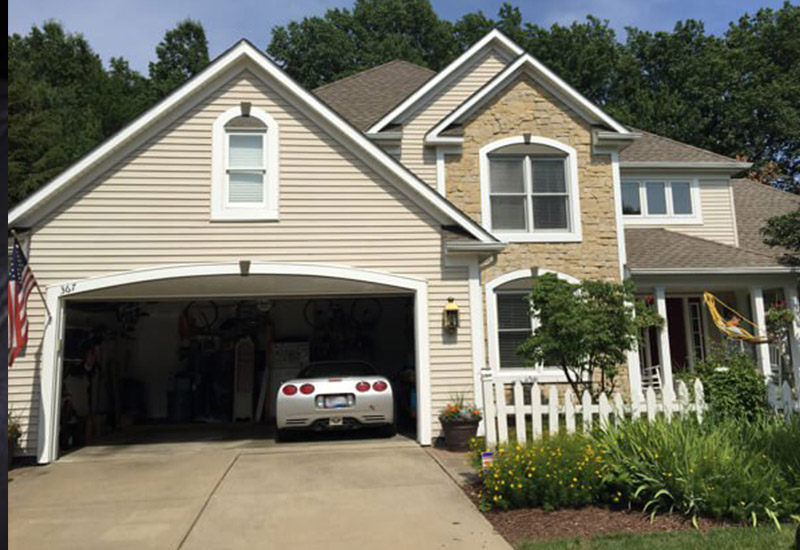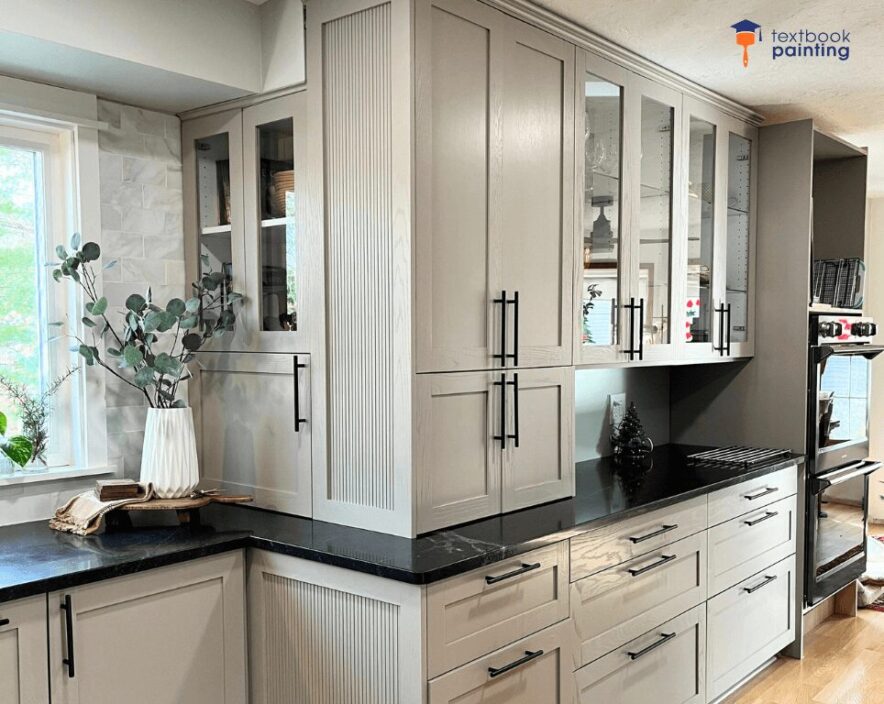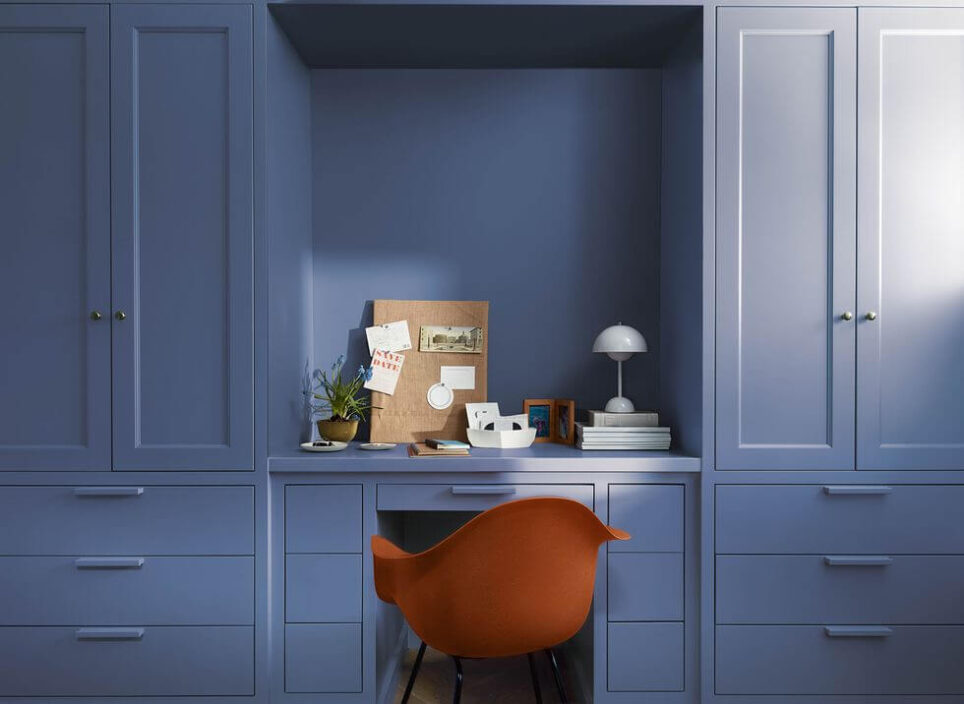When trying to decide which roller cover to buy at your local paint store, there are many more things to consider than one might think. Roller covers have several different variables; nap size, fabric and core. Selecting roller covers based on price is the wrong way to go. Depending on the job, the least expensive cover might be the right one for you. By reading further you should learn how to save yourself clean-up time and money while also achieving a significantly better finish on your work all because of the roller cover you chose.
Nap size is really important to consider when trying to get a great finish on your work. If you were painting new dry wall slabs, or something equally smooth, you would want to use a thin nap, 1/4-inch or 5/16-inch. These smaller nap sizes don’t hold as much paint but allow for a fine finish. The more porous the surface you are painting is, the larger the nap size you want to buy. For example if you are painting brick you would want a thicker nap, 1/2-inch or even 3/4-inch, one that holds more paint to cover all of the holes in the brick in one pass. A 3/8-inch nap is versatile enough to work on most surfaces, if you are painting interior that has been painted before or wood on the exterior of a house this is the one for you. We also use 3/8-inch naps for staining decks.
Different fabrics are going to be able to hold different amount of paint and leave a smoother or rough finish. A micro-fiber or “mohair” cover is going to leave the smoothest finish and should be used on smooth surfaces. When painting a front door with higher sheen paints, this more expensive route will be well worth it. Stains are also best applied with such covers. Lambs wool and Sheepskin can hold much more paint and therefore allow you to cover more surface area with one dip but they will not leave a smooth finish and should only be used on textured walls or stucco. If you are using oil based paint, varnish or enamel you want to use a “black foam” or “flockfoam” roller cover for a better finish. Polyester may be the lowest grade cover but provides great durability and works well when using flat paints and primers.
If you are planning on using a roller cover multiple times, considering the type of core it has is important. The best cores are made from moisture resistant plastic that won’t absorb water or paint and lost their shape. They also are made with solvent-resistant glues that prevent them from dissolving, this could lead to the cover shedding onto the surface you are painting. Making sure your roller cover has a good strong core is crucial if you want it to last.
By remembering to consider nap size, fabric and core before grabbing a roller cover, you will ultimately save money by working efficiently as well as be able to produce higher quality work.






